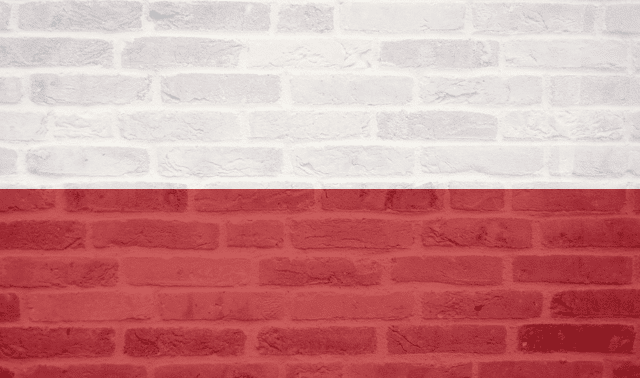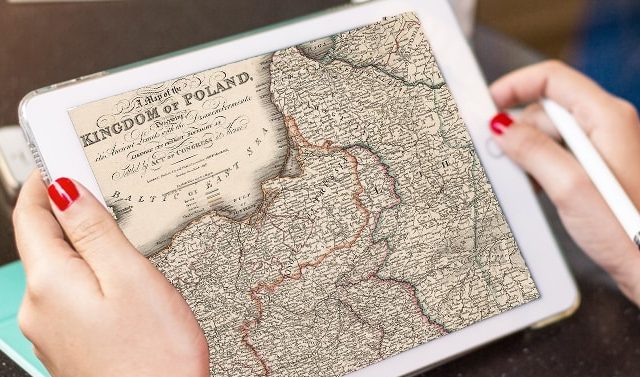
Surprise Spellings
Polish names are often misspelled in records created outside Poland, so be prepared for your ancestor to assume a variety of identities. Names on passenger lists may reflect the influence of Russian or German. For example, a German-speaking ship purser might’ve rendered your ancestors’ surname using German rather than Polish phonetics (Andruschkewitz vs. the Polish Andruszkiewicz). You may find first names translated, such as Ivan or Johann for Jan. In US records, the misspellings were English-influenced. Equip yourself to over come this challenge by learning Polish language basics, including the sound values of all the letters. If you know what letters and letter combinations aren’t used in Polish—and how names got Anglicized—it’ll be easier to do “linguistic surgery” on misspelled names.
Recurring place names
Like most countries, Poland has many same-named places. Take the commonplace name Nowa Wies: It fills more than 10 pages in a Polish gazetteer. Some times you’ll find multiple villages with the same name in one county. Use other qualifying geographical information (such as a parish, province or county name) to make sure you’re searching in the right location.
Modern Mindset
Don’t ignore historical geography. Because Poland’s external and internal borders have changed over the centuries, it’s beneficial to know what jurisdiction—both civil and ecclesiastical—your ancestral village was in. Remember: From the late 1700s to 1918, Poland was divided and occupied by Russia, Prussia and Austria; it didn’t exist as the independent nation it is today. Each occupying power used its own language preferences and record-keeping methods. For example, in Galicia, the part of Poland occupied by Austria-Hungary, many of the records were in a columnar-style format. In Russian-occupied areas, record-keepers followed a paragraph-style format.
Tunnel Vision
Go beyond vital records in your research. Although birth, marriage and death documents are plentiful and easy to access, Polish civil and church archives are filled with other materials for learning your family’s story, including tax lists, parish censuses, school records and military records—look for them on FamilySearch.org or write to repositories in Poland.
Likewise, never focus exclusively on your ancestors. Also search collateral lines (aunts, uncles, cousins), and think beyond your relatives: Perhaps they were part of a “chain migration,” whereby immigrants would set out to join family or old-country neighbors already in America. Look for neighbors in census, church, immigration and tax records.
From the May 2007 issue of Family Tree Magazine. Last updated October 2024.



